Sleep
Studies
Dense array EEG research on neurological disorders, such as epilepsy and schizophrenia, has suggested that, in some cases, the neuropathology of the disorder may be seen most clearly during sleep. To research the neurophysiology of these disorders, we need a better understanding of the neural mechanisms of normal sleep.
Much evidence suggests sleep, particularly deep, slow wave sleep, is crucial for consolidation of declarative memories. A 2006 study by Marshall, et al., showed that enhancing these slow waves in the brain via transcranial direct current stimulation (tDCS) significantly increased performance on a paired-associate memory test. Participants learned word lists before sleep, and then were asked to recall them when they woke up. They were able to remember even more words post-sleep they had than in the pre-sleep training, in both the tDCS and the Sham control sessions. This increase was higher in the tDCS group, where slow waves and slow spindle density were correspondingly enhanced, offering more evidence for the memory consolidation process that occurs in deep, slow wave sleep.
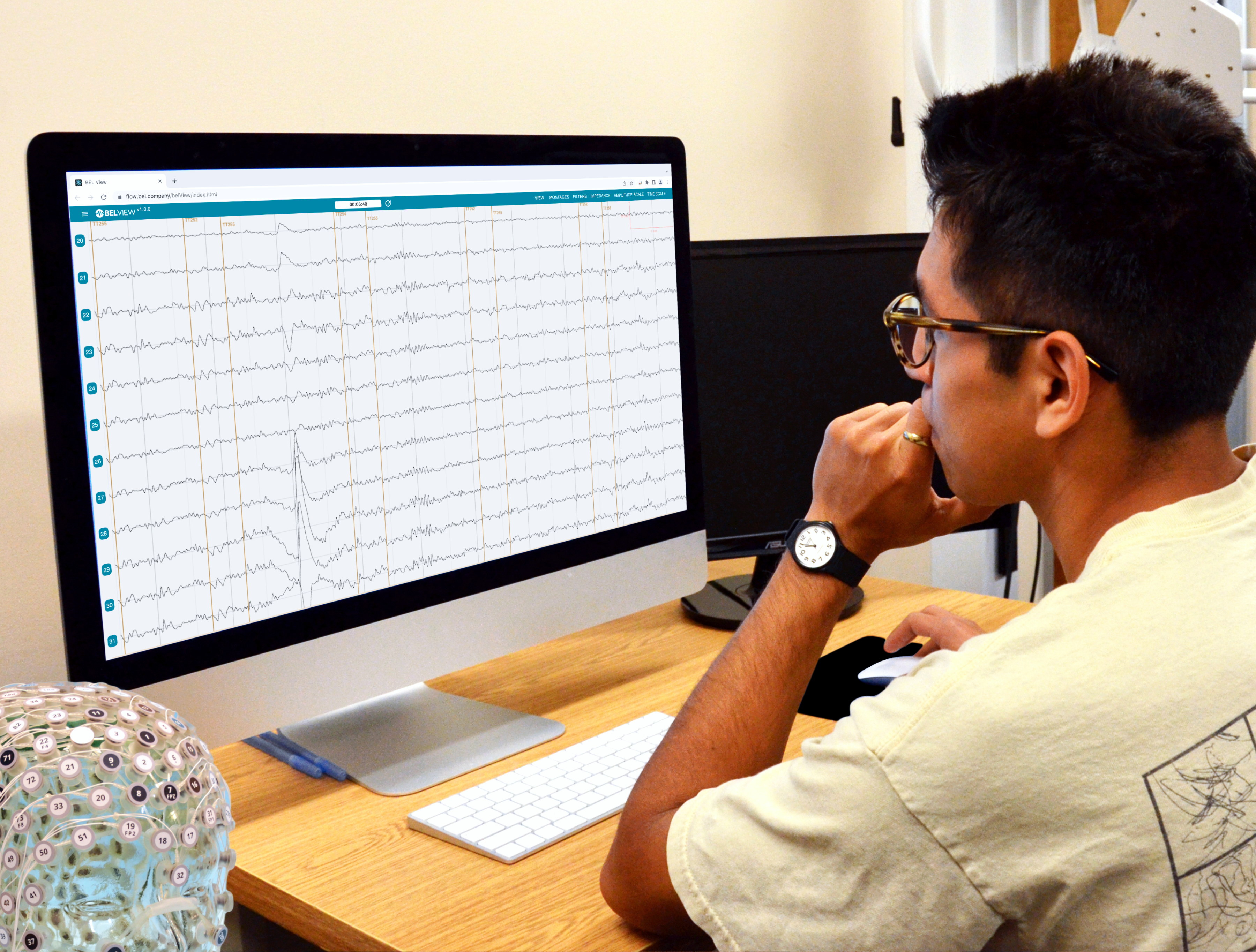
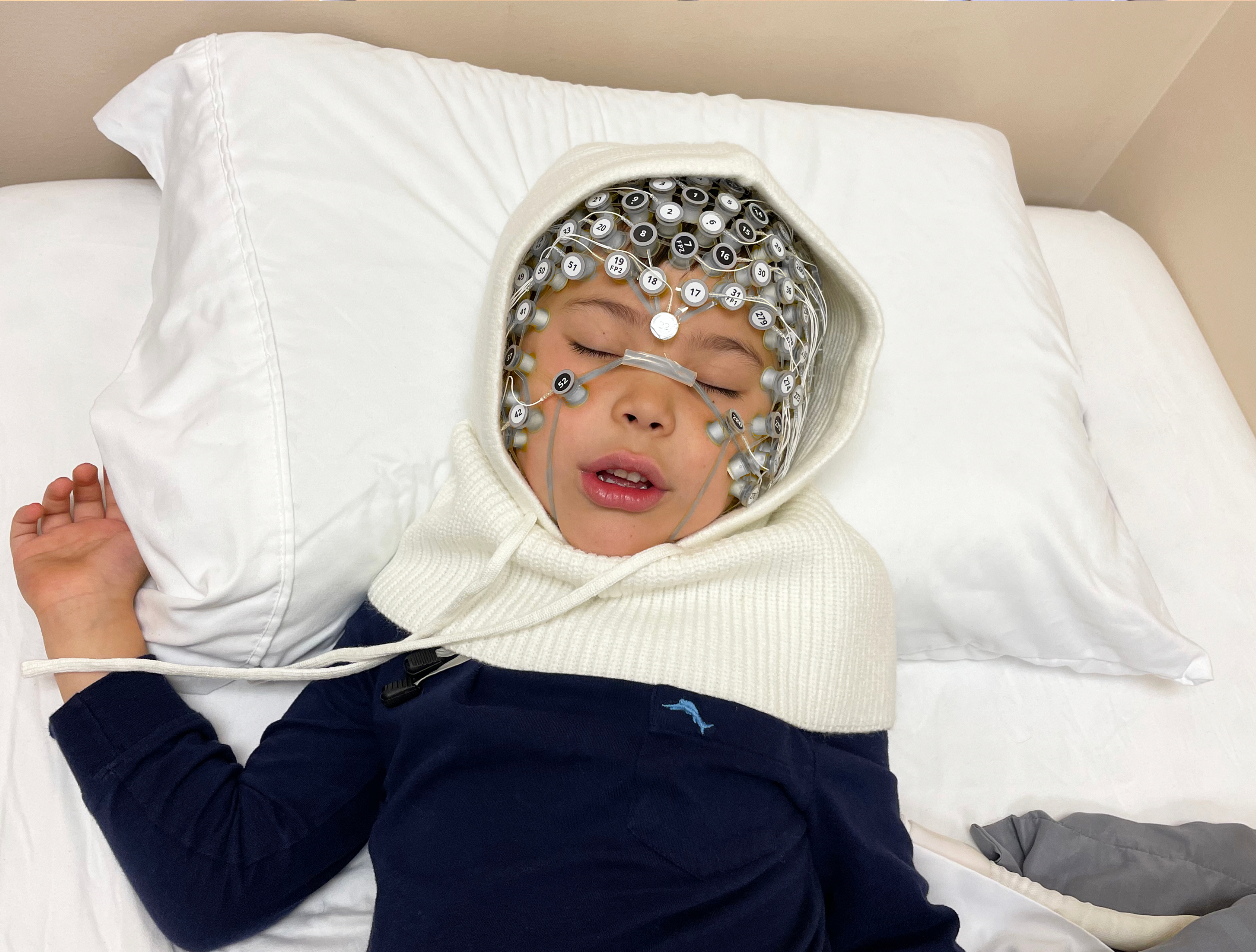
Using all-night 256-channel EEG recordings (with gel), we were able to localize the slow oscillations of deep sleep with BEL’s new software, SOURCERER, to regions of the ventral limbic system, including medial anterior temporal and caudal orbital frontal areas (Morgan et al., 2021). These results then allowed us to more accurately target the generators of slow oscillations, in order to improve deep sleep. In fact our computational simulations (by Dr. Fernandez-Corazza using BEL’s new Synchronizer software prototype) suggested we could achieve effective targeting of the limbic generators of slow oscillations using half the current of previous studies. These predictions were confirmed, with significant improvement in the duration of N3 deep sleep through synchronizing the slow oscillations with transcranial electrical stimulation (TES) (Hathaway, et al, 2021).
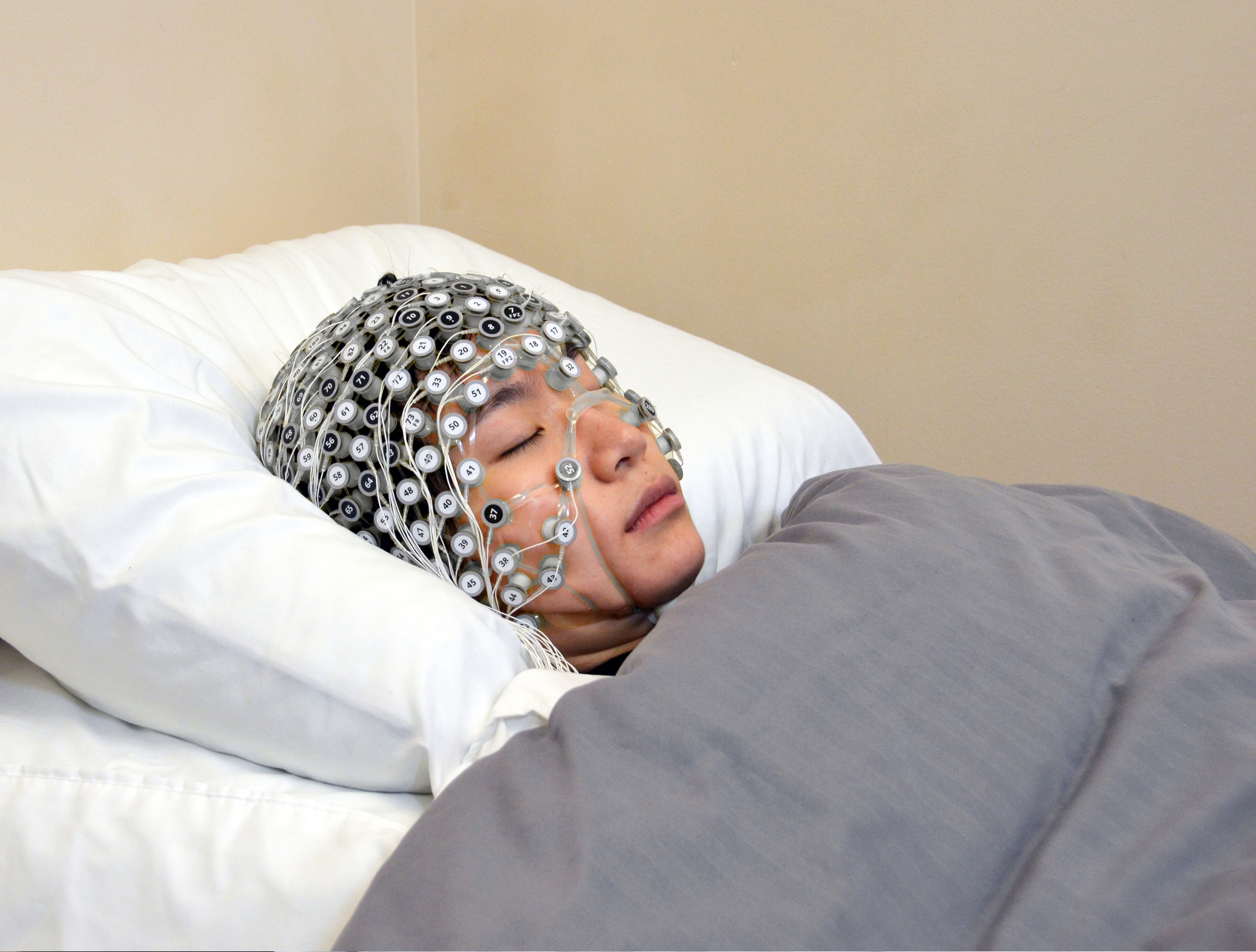
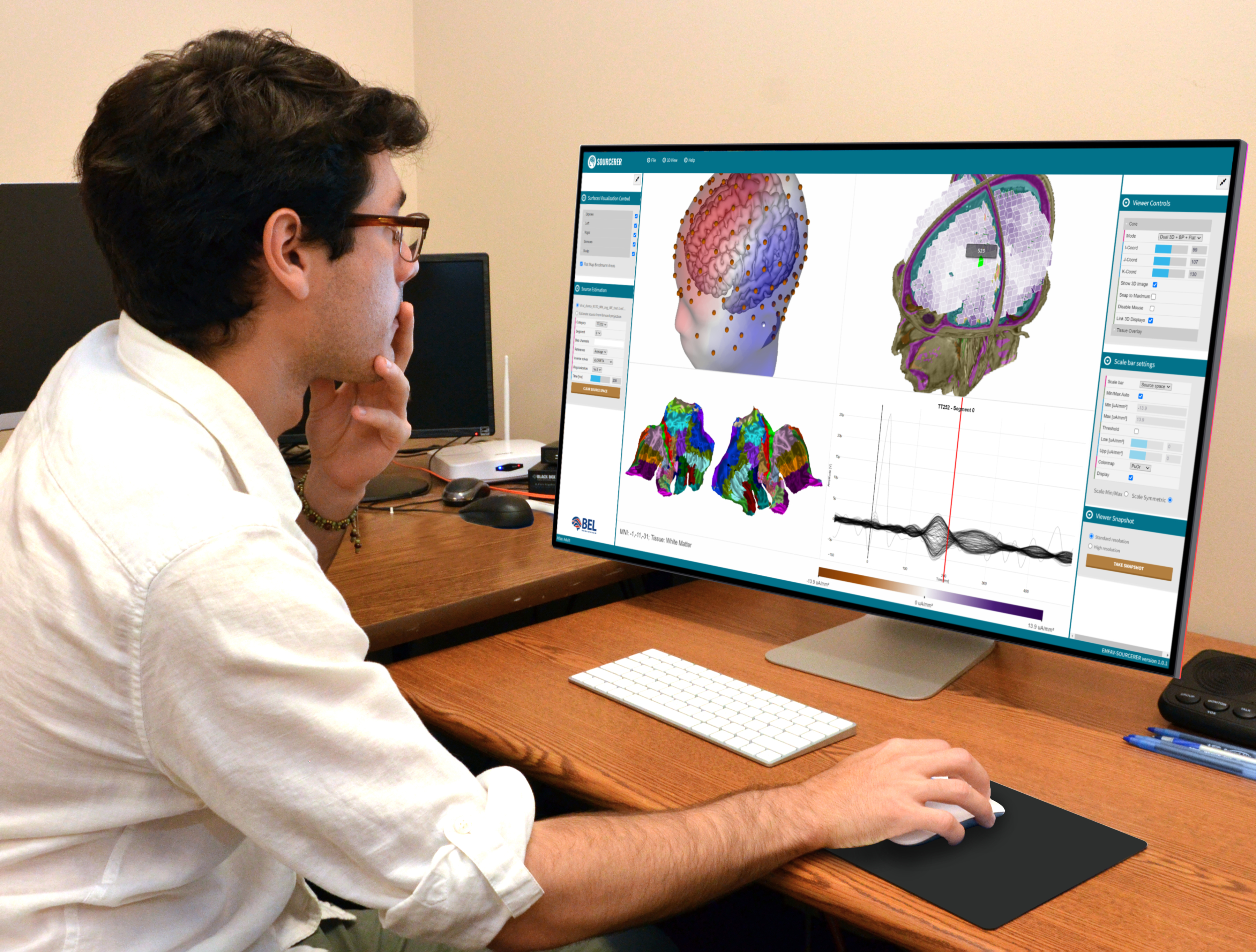
Hathaway, E., Morgan, K., Carson, M., Shusterman, R., Fernandez-Corazza, M., Luu, P., & Tucker, D. M. (2021). Transcranial Electrical Stimulation targeting limbic cortex increases the duration of human deep sleep. Sleep medicine, 81, 350-357.
Morgan, K. K., Hathaway, E., Carson, M., Fernandez-Corazza, M., Shusterman, R., Luu, P., & Tucker, D. M. (2021). Focal limbic discharges explain the large slow oscillations of the EEG in human deep sleep. Sleep medicine, 85, 291-302.
Seizures in Sleep
In our studies of nocturnal onset seizures, we have observed the remarkable effect of seizures emerging from the normal neurophysiological phenomenon of cortical slow oscillations of sleep.
Tucker, D. M., Waters, A. C., & Holmes, M. D. (2009). Transition from cortical slow oscillations of sleep to spike-wave seizures. Clin Neurophysiol, 120(12), 2055-2062.

Contribute to science and learn about sleep!
Interested people are invited to participate in a home sleep study to increase our understanding of the different stages of sleep and how good sleep contributes to better memory.
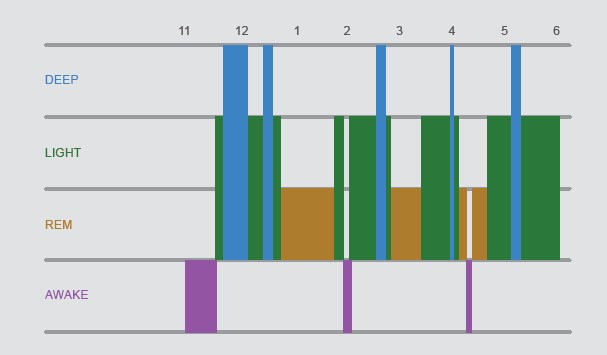
For both Phase I and Phase II, studies will be conducted in the comfort of your own home after receiving the EEG device and instructions by mail. We will ask you to do an online memory test before and after sleep, and to record your brainwaves using the electroencephalograph (EEG) device during sleep. In Phase I, study participants will collect EEG during sleep on three nights, one of which will involve passing low levels of harmless electrical current through electrodes attached to your head to enhance your slow wave sleep. Participants will receive $50/sleep session in Phase I. Phase II involves the memory test and EEG recording and stimulation nightly for 4 weeks. Participants will receive $25/sleep session for Phase II.
To participate, you must be a generally healthy person between 21 and 85 years of age and be able to understand English. You must have no history of head trauma, insomnia, or neurological conditions, and must not be taking any drugs that may affect your EEG. You must have home internet access to participate.
By volunteering to participate in this study, you will be contributing to increase our understanding of the different stages of sleep and how good sleep contributes to better memory. Contribute to Science!
To inquire about participating, please email studies@bel.company
or call 541-525-9798. Brain Electrophysiology Laboratory Company, LLC, Eugene, Oregon